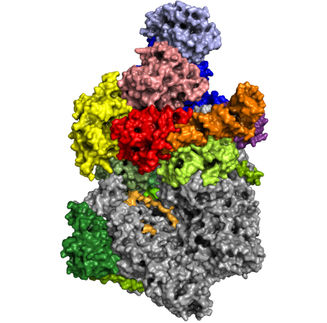Extreme x-ray pulses create unique image of intact virus
They are entirely too small to be seen even with the most powerful microscope. But now an international research team has managed to capture an image of an intact virus and a membrane structure from a photosynthetic bacterium with the aid of extremely intensive and ultra-short x-ray pulses from the world’s first free electron laser. This new advance in structural biology is being published in two articles in the journal Nature.
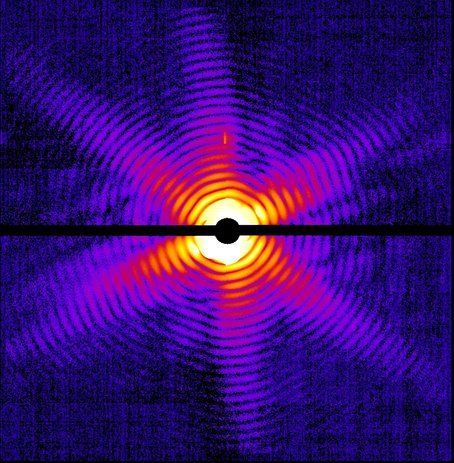
X-ray pulse lasted only for a millionth of a billionth of a second. The pulse heated the virus particle to 100,000 degrees centigrades but only after it had left the sample.
Janos Hajdu
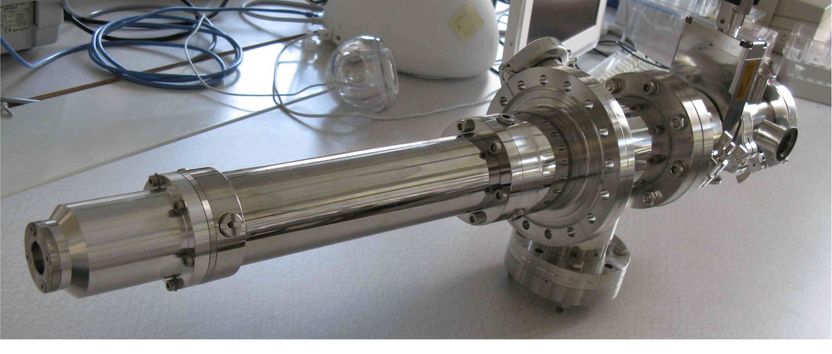
The aerosol particle injector built in Uppsala and used in the experiment shoots single virus particles into the X-ray beam.
Janos Hajdu
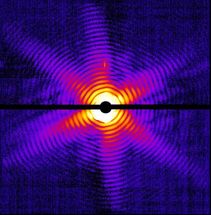
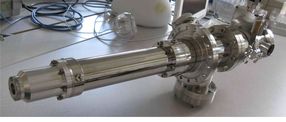
The findings for the two studies pave the way for studies of biological structures at the molecular level, including viruses, individual cells, cell organelles, and living bacteria. The technology enhances the possibilities of imaging individual biological molecules that are too small to study even with the most powerful microscopes.
"Biologists have long dreamed of being able to capture the image of viruses, single-cell organisms, and bacteria without having to section, freeze, or mark them with metals, as is necessary in electron microscopy. Our studies show that it is really possible to create images with the aid of extremely intensive and ultra-short x-ray pulses that would otherwise destroy everything in their path," says Professor Janos Hajdu from the Division of Molecular Biophysics, Uppsala University.
Together with his colleague Henry Chapman, he has co-directed the international research team, which also includes Inger Andersson’s team from the Swedish University of Agricultural Sciences, SLU. The entire international group is currently at Stanford for new experiments with the advanced free electron laser.
X-ray diffraction has been an irreplaceable instrument in identifying biological structures, but this technology requires crystallized samples of sufficient size. Many particles are therefore packed in crystals. For single particles the x-ray dose needs to be increased so much that the particle is destroyed, especially if it comes from biological material. A number of years ago it was suggested that extremely short pulses from a so-called free electron laser would be able to create an image before the particle had time to be damaged. It is this method (read more about the technology below) that is now being tested on biological material.
In the first study, the method was tested on Mimivirus, the world’s largest known virus, discovered as recently as 1992. It is larger than some single-cell organisms and the only virus that can be infected by a virus of its own. Its size and special surface structure entails that it cannot be studied using conventional imaging methods such as electron microscopy or x-ray crystallography.
In the other study the team shows that x-ray pulses can also be used to study the structure of vitally important membrane proteins – in this case a protein complex that captures sunlight and converts it to energy in photosynthesizing organisms, here a photosynthetic bacterium. Membrane proteins are essential to life processes, not only as energy converters but also as the cell’s transporters and receptors for drugs – but they are incredibly hard to study using conventional methods. The new technology means that huge “blank patches” in structural biology will now be accessible for study at the level of the atom for the first time.
